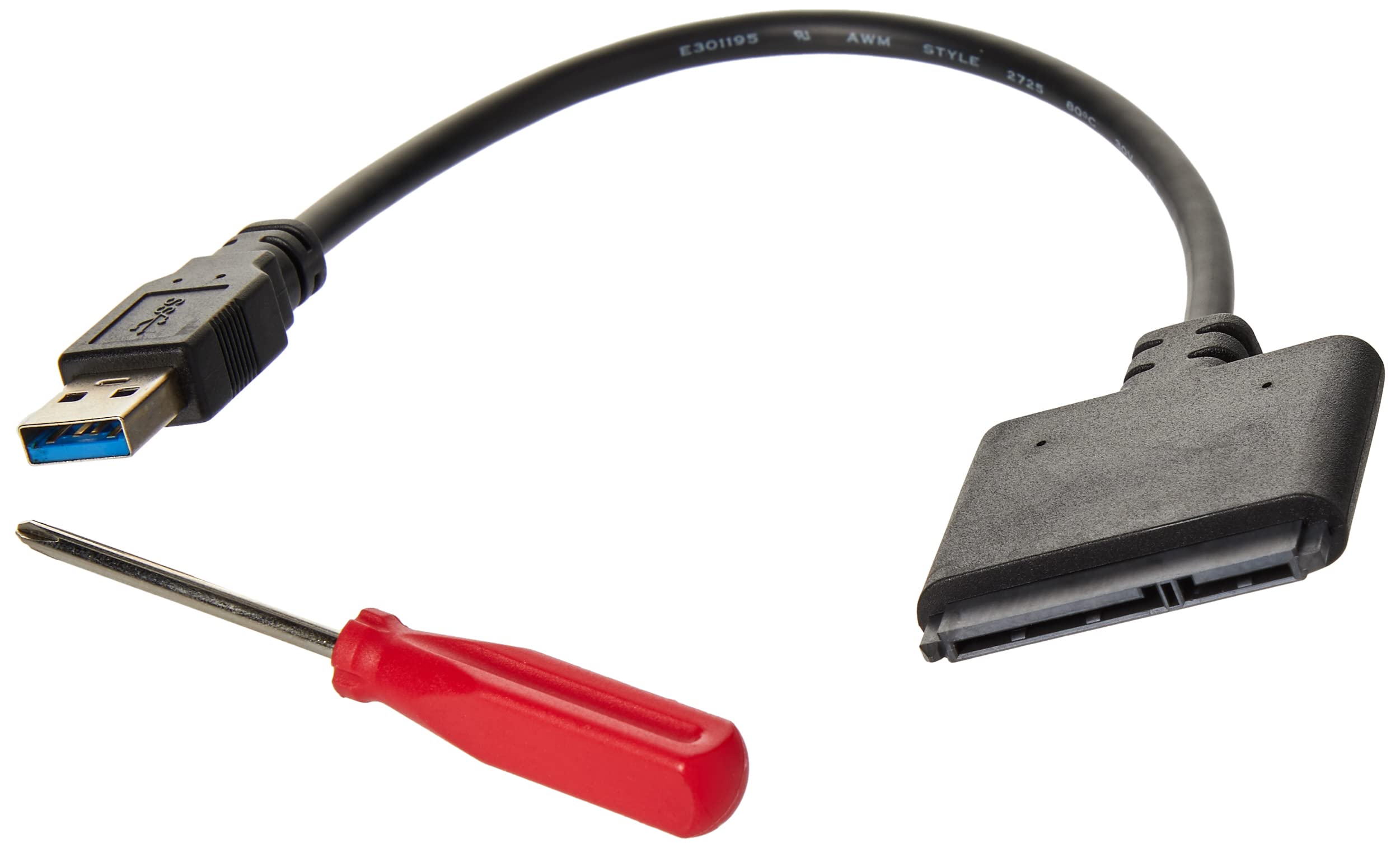Are you tired of waiting for your Windows 10 computer to boot up? Let’s explore some ways to fix slow boot times and get your system up and running faster.
Disable Fast Startup and High-Impact Startup Processes
To disable high-impact startup processes, open Task Manager by pressing Ctrl + Shift + Esc. Go to the “Startup” tab and disable any programs that have a high startup impact by right-clicking on them and selecting “Disable.”
These steps can help speed up the boot process of your Windows 10 computer.
Update Graphics Card Drivers
To update your graphics card drivers, first open the Device Manager by pressing the Windows key + X and selecting “Device Manager.” Look for the “Display adapters” section and right-click on your graphics card. Select “Update driver” from the context menu and choose to search automatically for updated driver software. If Windows doesn’t find any updates, visit the manufacturer’s website to download and install the latest drivers manually.
Once the new drivers are installed, restart your computer and check if the slow boot issue has been resolved. Updating drivers can often improve overall system performance and stability. If you continue to experience slow boot times, consider checking for other factors such as malware, startup programs, or hardware issues that may be affecting your computer’s performance. Regular maintenance and troubleshooting can help keep your system running smoothly.
Optimize Virtual Memory and Hard Drive
- Adjust Virtual Memory Settings
- Open Control Panel and click on System and Security.
- Click on System and then Advanced system settings.
- Under the Advanced tab, click on Settings under the Performance section.
- Go to the Advanced tab again and click on Change under the Virtual Memory section.
- Uncheck the box that says Automatically manage paging file size for all drives.
- Select the Custom size option and set the Initial size and Maximum size to the recommended values (found in the same window).
- Click OK to apply the changes.
- Defragment and Optimize Hard Drive
- Open File Explorer and right-click on the C: drive.
- Select Properties and go to the Tools tab.
- Under the Optimize and defragment drive section, click on Optimize.
- Select the drive you want to optimize and click on Analyze.
- If optimization is needed, click on Optimize to defragment the drive.
Perform a Clean Install of Windows 10
Next, restart your computer and boot from the USB drive. Press the necessary key (usually F2, F12, or Del) during boot up to access the BIOS settings. Change the boot order to prioritize the USB drive. Save the changes and exit the BIOS settings.
Follow the on-screen instructions to begin the Windows 10 installation process. When prompted, select “Custom: Install Windows only (advanced)” to perform a clean install. Choose the drive where you want to install Windows and format it to erase all existing data.
Continue with the installation process and let Windows set up your system. You may need to enter your product key during the installation. Once Windows is installed, make sure to install all necessary drivers for your hardware components.
After completing the installation, your Windows 10 should boot up faster without the clutter and issues that may have been causing the slow boot up.
Remove Viruses and Malware
Next, check your Task Manager to see if any suspicious programs are running in the background. You can access the Task Manager by pressing Ctrl + Shift + Esc on your keyboard. Look for any unfamiliar processes or applications and end them if necessary.
If your computer is still slow to boot up after running a scan and closing any suspicious programs, consider checking for malware that may be embedded in your operating system. Use a malware removal tool to scan for and remove any hidden threats.
Additionally, you can optimize your boot up time by disabling unnecessary startup programs. To do this, right-click on the taskbar and select Task Manager. Go to the Startup tab and disable any programs that you don’t need to run at startup.
Upgrade to SSD for Faster Startup

Upgrade to a Solid-state drive (SSD) for faster startup: Upgrading your hard disk drive (HDD) to an SSD can significantly improve your Windows 10 boot-up time. SSDs are faster and more efficient than traditional HDDs, allowing for quicker access to your operating system and applications.
To upgrade to an SSD: First, back up all your important files and data. Then, open your computer and locate the HDD. Remove it and replace it with the new SSD.
After installing the SSD: Install Windows 10 on the new drive. You can do this by creating a bootable USB drive with the Windows installation files.
Once Windows is installed on the SSD: Your computer will now boot up faster and run more smoothly. Enjoy the improved performance of your system with the new SSD.
Utilize System File Checker for Updates Issues
To utilize System File Checker for update issues in Windows 10:
First, open the Command Prompt as an administrator by searching for “cmd” in the Windows search bar, right-clicking on Command Prompt, and selecting “Run as administrator.”
Next, type the command “sfc /scannow” and press Enter. This will initiate a system scan to check for and repair any corrupted system files.
Wait for the scan to complete, which may take some time depending on the size of your system files and the speed of your computer.
Once the scan is finished, restart your computer to apply any repairs that were made by the System File Checker.
By using the System File Checker, you can address update issues that may be causing slow boot-up times in Windows 10. It is a useful tool for troubleshooting system performance and ensuring that your operating system functions properly.
FAQs
Why does my Windows 10 computer take so long to boot up?
Your Windows 10 computer may be taking a long time to boot up due to missing or corrupted system files. You can easily check and repair these files using the Windows System File Checker Tool.
Why does my PC take so long to get running from boot up?
Your PC may be taking a long time to get running from boot up due to a full boot drive, too many programs starting alongside Windows, or aging hardware. Apply solutions to pinpoint the specific issue.
Why is my computer so slow all of a sudden Windows 10?
Your computer is running slow all of a sudden on Windows 10 because there may be too many programs running at once, malware or virus infections, hardware issues, high memory usage, and other factors that are affecting your PC’s performance.
Why is my computer suddenly so slow to start?
Your computer is suddenly slow to start because there may be issues with your RAM, disk drive space, hard drive, background programs, or startup programs.







